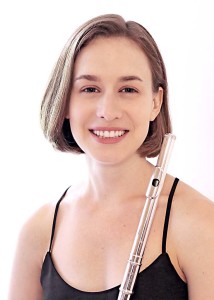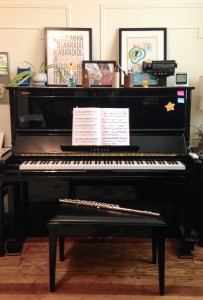 Lessons for Beginners
Lessons for Beginners
Beginning flute students start in the Rubank Elementary Method for Flute and Louis Moyse’s Forty Little Pieces in Progressive Order. These books lay an excellent foundation that students can build upon during their entire musical life. The exercises in these books cover scales and key signatures up to four sharps and flats, and teach students the basics of tone production, phrasing, rhythm, and compound meter.
Because these two books are very focused, it’s good idea to balance discipline with creativity and shop for a book of fun songs your child to learn. For instance, most students love learning show tunes, the Top 40, and movie soundtracks. The extra books encourage students to develop their own tastes and to practice for fun – not just for the next lesson.
Very Young Beginners
Children under 8 years old tend to be more successful when they start learning a flute with a curved headjoint. Flutes with curved headjoints are easier for smaller children to hold and are currently sold by Gemeinhardt, Jupiter, Armstrong, and Yamaha. They also come with an additional straight (normal) headjoint, which the child can start using once he/she is older.
 Buying vs. Renting
Buying vs. Renting
Many families decide to rent their flute for the first few months of lessons. However, once a student has been playing for a few months it makes financial sense to buy an instrument, as rental costs can add up fast.
Lesson Length
During the first few years, students can take 30 minute or 45 minute lessons. Once they have progressed to a very advanced level, they will be asked to take 60 minute lessons.
Sign up for a trial lesson
To receive more information about concerts, flute lessons, rates and availability, please contact Maria at mariajohnson@mjflute.com.
